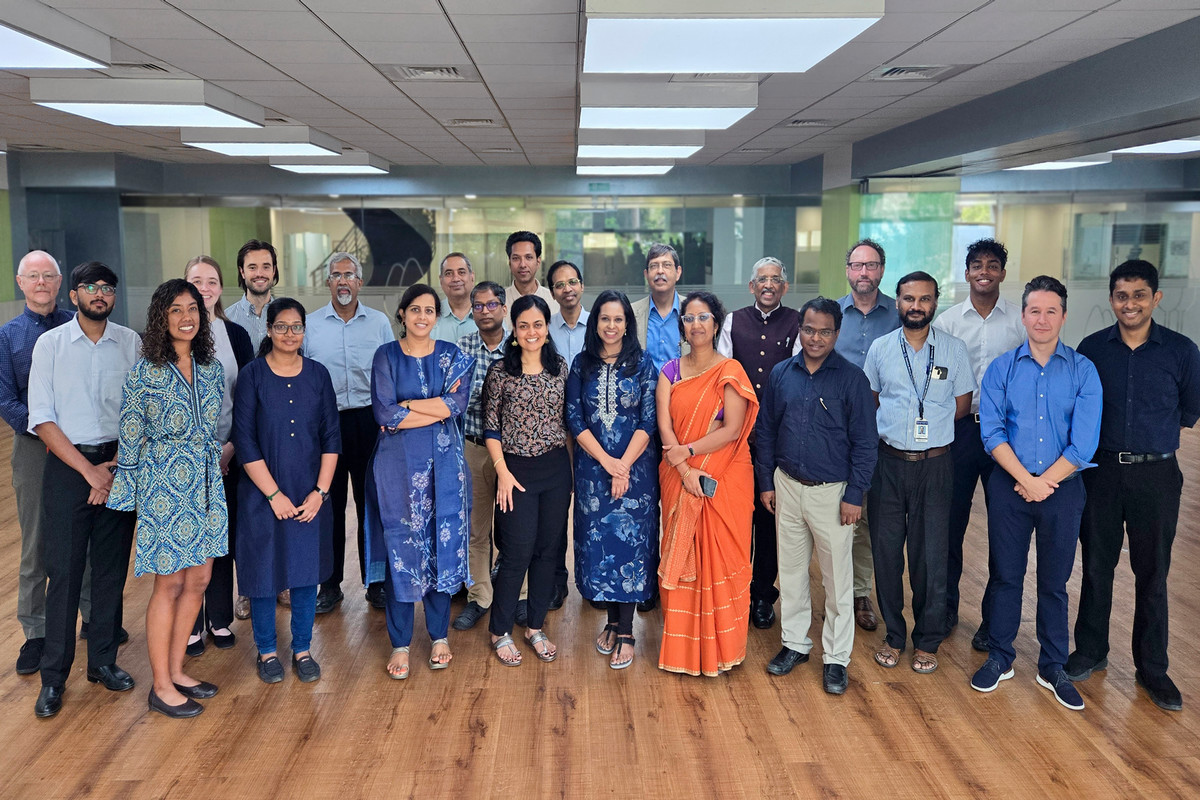India is the diabetes capital of the world, with more than 200 million people suffering from or at high risk of the disease. The complex challenges faced by people living with diabetes suggest the need for a diverse range of technological solutions.
Organized by Emory Global Diabetes Research Center (EGDRC), the Shankar Center of Excellence in Diabetes Research (SCoEDR) at Indian Institute of Technology (IIT) Madras, and the Institute for People and Technology (IPaT) at Georgia Tech, an expert group of engineers and clinicians from India and the U.S. convened recently at IIT Madras in Chennai, India, to identify ten priority problems faced by patients in India with diabetes and their caregivers that can be solved using technology.
The goal of developing the top 10 list was to incorporate insights from diabetes patients, health care professionals, and supportive family members in order to guide engineers and technologists in identifying key challenges that disproportionately impact the lives of people with diabetes and those who care for them.
This approach aims to accelerate innovation and entrepreneurship, reducing the time needed to create affordable technological solutions that can help alleviate the burden of diabetes.
Dr. Shivani A. Patel, associate professor in the Hubert Department of Global Health at Rollins School of Public Health and a member of the expert group, says that “clearly defining the problems faced by patients, their caregivers, and doctors is among the most crucial steps in developing technological solutions.”
In addition to Patel, experts included researchers and medical professionals from AIIMS New Delhi, Madras Diabetes Research Foundation, Sankara Netralaya, JIPMER, CMC Vellore and the Indian Council of Medical Research.
Empowering the next generation of problem-solvers
From April 4-13, with over 170 participants from both countries, the group launched the DiaTech 10X India hackathon to inspire student-led solutions. Students competed to develop innovations targeting three of the identified focus areas listed in the Top 10 Problems: inaccessible diabetes education, delayed detection of asymptomatic diabetic foot disease and the lack of affordable, protective footwear for people with diabetes.
Dr. Anubama Rajan, co-head of SCoEDR, assistant professor at IIT Madras, and a member of the expert group, says that with 101 million people with diabetes in India and people having to pay out of pocket for diabetes care, “Simple, low-cost solutions are needed in India.”
Emory undergraduates Yash Kamdar and Suhani Varma, both third-year pre-medical students double majoring in biology and psychology, were named winners of the hackathon. Their winning proposal involved artificial intelligence and non-invasive techniques to diagnose and monitor diabetic foot complications. The DiaTech 10X hackathon judges described the project as ‘simple and elegant.’
“Recognizing the devastating impact of diabetic foot disease (DFD), especially in rural and underserved communities, we were inspired by the idea of using paper — similar to pH strips — as a diagnostic tool,” says Kamdar. The duo proposed FootPrint Dx — a low-cost, paper-based, diabetic foot ulcer (DFU) screening platform designed to bring life-saving care to those who need it most, for early detection and monitoring. The FootPrint Dx proposal enables detection of early signs of DFUs through paper strips embedded with chemical reagents that react to biomarkers such as protein leakage, pH changes, temperature variations and pressure patterns.
“Patients step on the diagnostic paper, take a photo with their phone camera, and receive a risk assessment based on AI analysis of the chemical reactions,” says Varma. “It is user-friendly for patients, and physicians can easily access detailed data through a web portal for ongoing remote monitoring and preventative care.”
The road ahead
Dr. Jithin Sam Varghese, co-director of the EGDRC Diabetes Translational Accelerator and member of the expert group, says the team is actively building connections to help advance solutions like FootPrint Dx and ensure it reaches the people who need it most.
“Currently, we are exploring ways to connect the students with experts in India and at Grady and Emory to help translate their ideas into real-world impact,” says Varghese. “We're also planning immersion workshops to deepen their engagement and further develop their solutions.”
The experts are also gearing up for the next Top 10 Problems List and DiaTech 10X hackathon focused on the diabetes challenges that can be addressed through technology in rural Georgia. The full Top 10 Problems for Diabetes in India is available at www.stopncd.org, and information on the rural Georgia initiative is expected to be released later this summer.
In the meantime, Dr. Michael L. Best, executive director of IPaT and professor at Georgia Tech, encourages anyone interested in working towards solutions to use the Top 10 as a call to action. “There is a great need for engineers and doctors to collaborate at the very initial stages of product development to clearly define the problem a technology aims to solve,” says Best.

